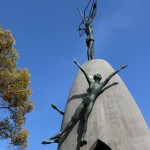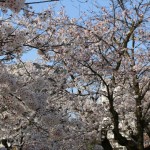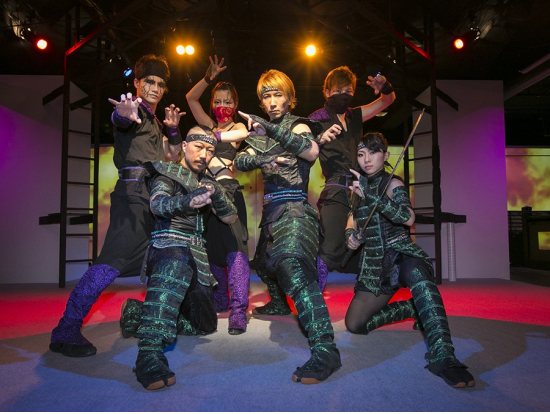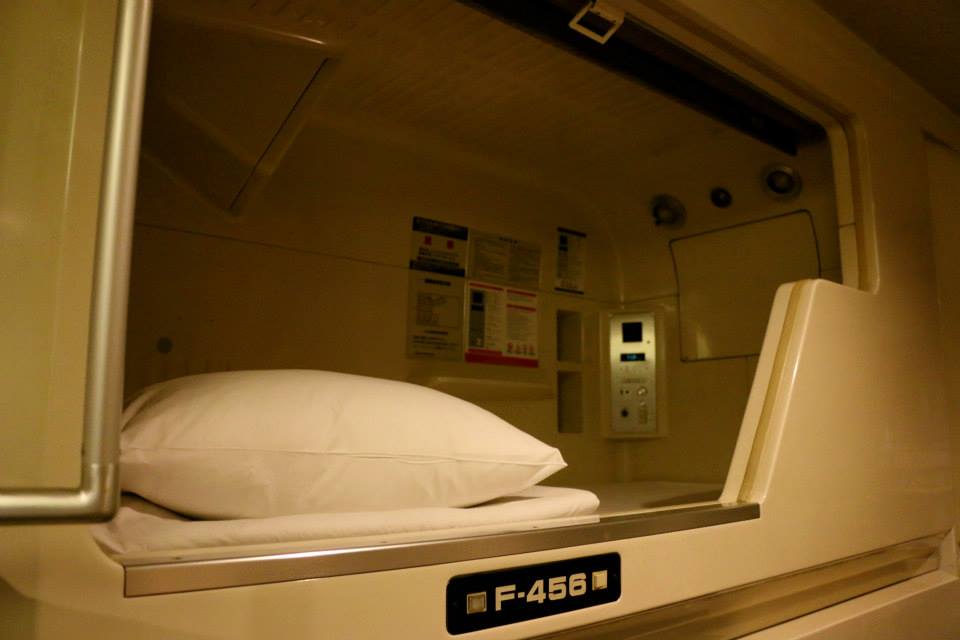Japan
Heartaches at Hiroshima
Hiroshima is probably one of the most well known cities in Japan, for a desolate war-related reason. August 6th, 1945 put Hiroshima on the map when it was destroyed instantaneously with the dropping of the atomic bomb.
Given the destruction that took place in the city, Hiroshima is now a magnificent modern city, known as the Sake capital of Japan.
 Visiting a city with such a grim history is bound to jerk emotions, especially after discovering the severity of the bomb’s effects.
Visiting a city with such a grim history is bound to jerk emotions, especially after discovering the severity of the bomb’s effects.
The explosion in Hiroshima killed 66,000 people instantly and critically wounded another 69,000. On top of that, hundreds of thousands of people suffered the long-term effects of this bomb, in the form of radiation, burns, complete destruction of their homes or all of the above. When the bomb detonated, it left Hiroshima in ashes, contaminated completely by radiation and and unable to support plant life for a long time. Because of the horror of the atomic bomb, the city of Hiroshima has built itself up from the ashes as a city pushing for peace and the abolition of Nuclear weapons worldwide.
The only building that survived the attack is the still-standing Hiroshima Prefectural Productions Exhibition Hall, no one inside the building survived and the ruins still stand today as a national landmark and memorial for the lives lost.
Visiting the museum itself is a chilling experience. Not only is the explosion described in great detail, but photos of victims and the clothing they wore at the moment of the destruction are on display.
You will also be introduced to Sadako’s story. A 10-year old survivor of the bomb who suffered the long-term effects of the nuclear bomb when she was diagnosed with leukaemia 9 years after the bomb hit her city.
There is a Japanese belief that if you fold 1000 cranes your wish will come true. Sadako folded cranes from waterer paper she could find, including candy wrappers and medicine labels. At 12 years old, Sadako passed away, after folding 1300 cranes.
Sadako’s friends continued to fold the cranes to honor her life and spread the prayer for peace. A campaign began to build a monument for all of the children that lost their life as a result of the atomic bomb, and three years later the Children’s Peace Monument was opened in the middle of Hiroshima Peace Park. Sadako’s birthday, August 6, has been designated as annual Peace Day in Japan.
Sadako Sasaki has become a symbol of peace in Japan and her story is known worldwide. The Children’s Peace Monument receives about 10 million paper cranes each year from children worldwide after hearing Sadako’s story. In addition to receiving cranes at the monument each year, the Sasaki family has sent some of Sadako’s original cranes to sites throughout the world such as Pearl Harbor, the World Trade Center Tribute in New York, and the Austrian Study Center for Peace and Conflict Resolution. The cranes are a physical reminder of the message of the park, which is inscribed at the base of Sadako’s statue: “This is our cry. This is our prayer. Peace in the world.”
When it comes to Hiroshima, seeing truly is believing. And believing is going to be overwhelming. Witnessing the detailed stories and the genuine displays of sorrow from other visitors is bound to tug at your heart strings.
Hiroshima Peace Park Memorial
| Opening Hours |
|
||||||||||||||||
| Days Closed | December 29 to January 1 | ||||||||||||||||
| Admission |
Visitors 65 years and older can enter the museum for 30 yen by showing their passport (Effective from July 1,2013) |
||||||||||||||||
| traffic | From the JR Hiroshima Station (South exit), | ||||||||||||||||
|
By bus: Take a Hiroshima Bus (red bus) bound for Yoshijima and get off at
Heiwa Kinen Koen (Peace Memorial Park). |
|||||||||||||||||
|
By streetcar: Take a streetcar bound for Hiroshima Port (Ujina) via Kamiyacho, get off at
Chuden-Mae (front of Chugoku Electric Power Co.) or, take a streetcar bound for Eba or Miyajima-guchi and get off at Genbakudomu-mae (the A-bomb Dome). |
|||||||||||||||||
| For more information, contact |
|||||||||||||||||

























